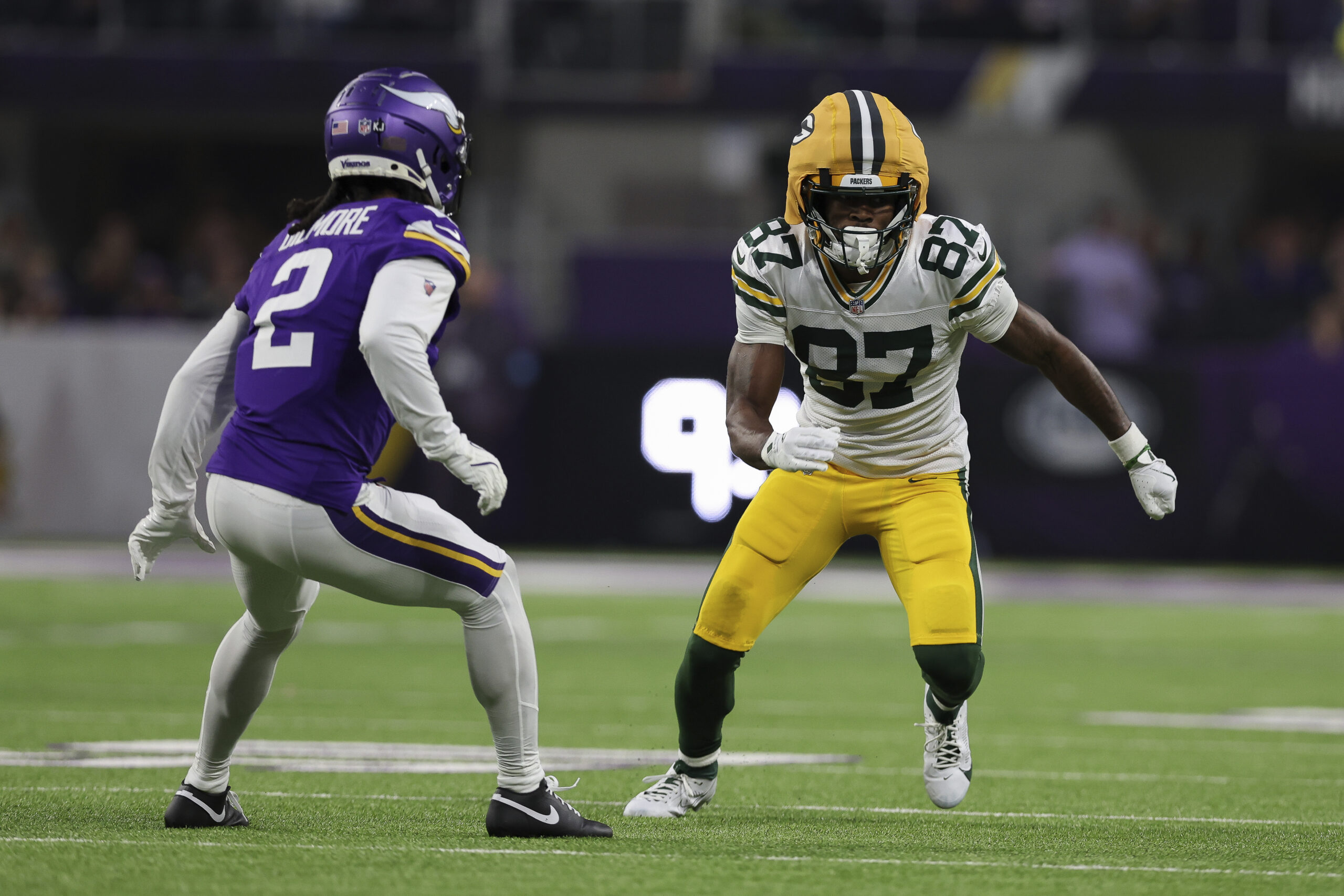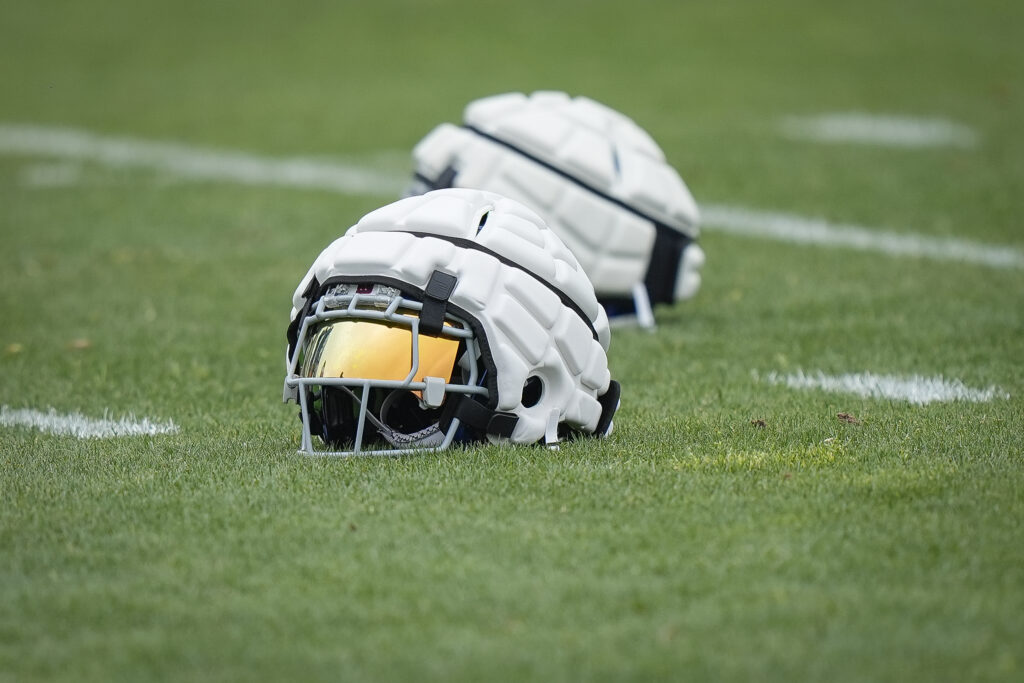Study Challenges Effectiveness of Padded Helmet Covers in Reducing Concussions for High School Football Players
A recent study casts doubt on the effectiveness of padded covers, known as Guardian Caps, in mitigating the risk of concussions among high school football athletes. Conducted by the University of Wisconsin-Madison’s Department of Orthopedics and Rehabilitation, the research utilized data from the 2023 football season across Wisconsin. The findings, published on January 28 in the British Journal of Sports Medicine, suggest these helmet add-ons might not be delivering the promised safety benefits on the field.
Despite the growing popularity of Guardian Caps at various levels of American football, this study reveals that their effectiveness in real-world play remains questionable. Laboratory settings have shown these caps reduce impact forces, but Erin Hammer, an associate professor involved in the study, aimed to explore whether this translates into a decreased concussion risk during actual games.
The research incorporated data from over 2,610 student athletes across 41 Wisconsin high schools. Student athletes voluntarily chose whether to wear Guardian Caps, and athletic trainers meticulously recorded instances of concussion throughout the season. A total of 180 concussions were reported, with 64 occurring during practice and 116 during games, averaging over four concussions per school.
The study found that players wearing Guardian Caps accounted for 51.6% of practice-related concussions, while those without accounted for 48.4%. Hammer stated, “There wasn’t a difference between the two groups in terms of concussion risk.” During games, 58.6% of concussions involved players who wore Guardian Caps during practice, compared to 41.4% among those who did not wear them.
The report also highlighted that the Guardian Caps model used in high schools is less robust than versions used in professional and collegiate football. Hammer noted the lack of peer-reviewed studies verifying the effectiveness of these caps at higher levels, indicating a need for further research to understand their impact.
Dan Brunner, executive director of the Wisconsin Football Coaches Association, emphasized that Guardian Caps are just one of several measures being adopted to enhance player safety. He pointed out a shift towards rugby-style tackling to reduce head and neck injuries, showcasing evolving strategies in the sport.

Hammer suggested additional methods for maintaining athlete safety, including training coaches in safer tackling techniques and reducing full-contact practices. Importantly, she advocated for hiring athletic trainers, noting, “It’s important for concussions to be recognized and for those athletes to be removed from play.”





